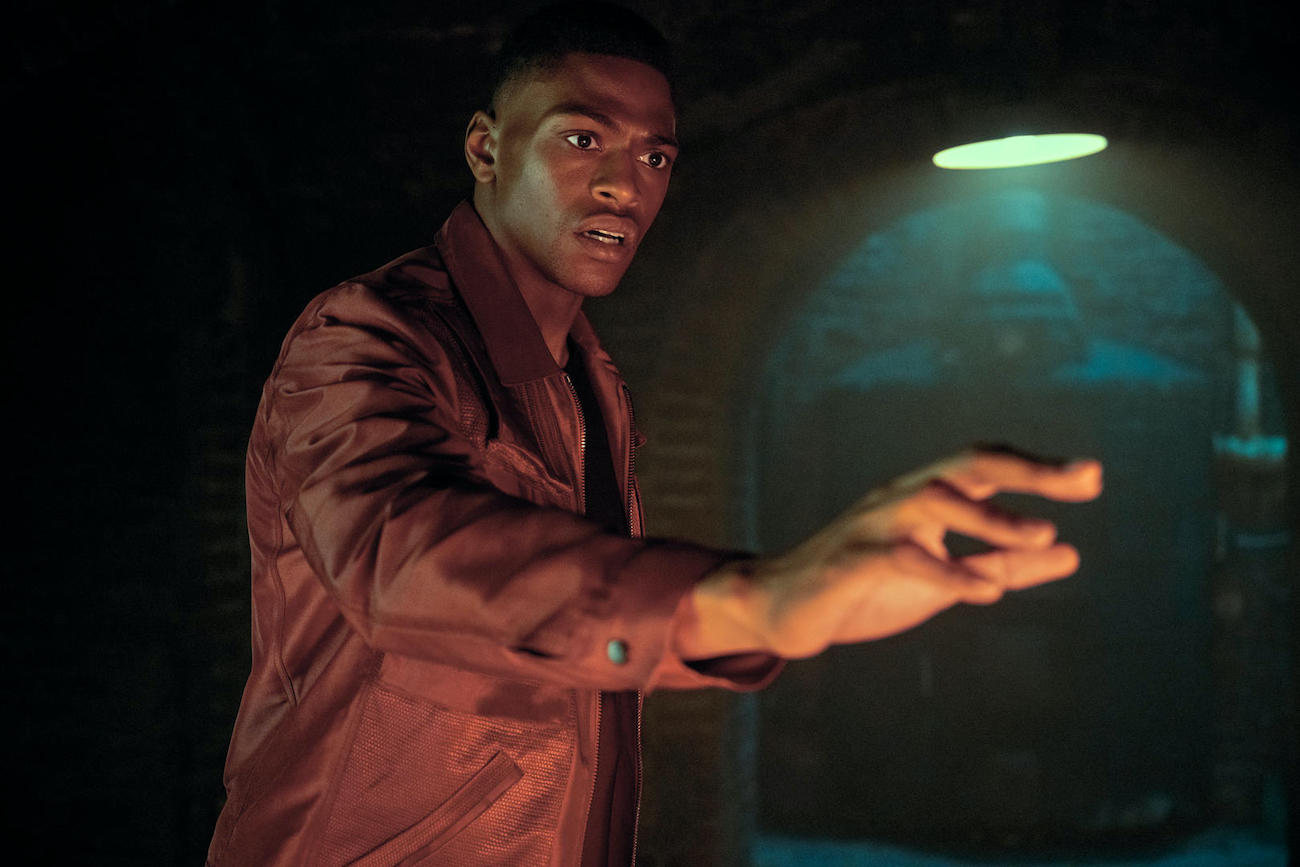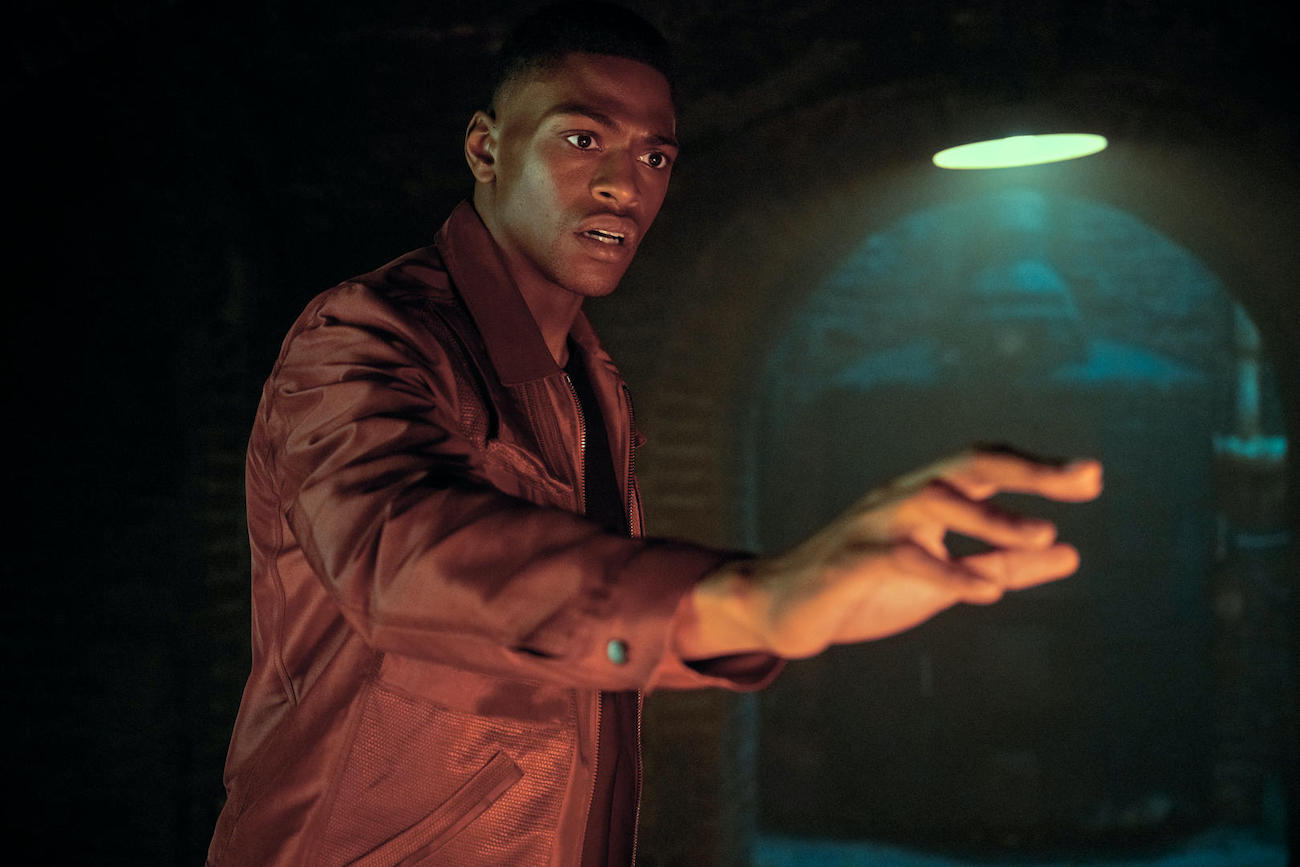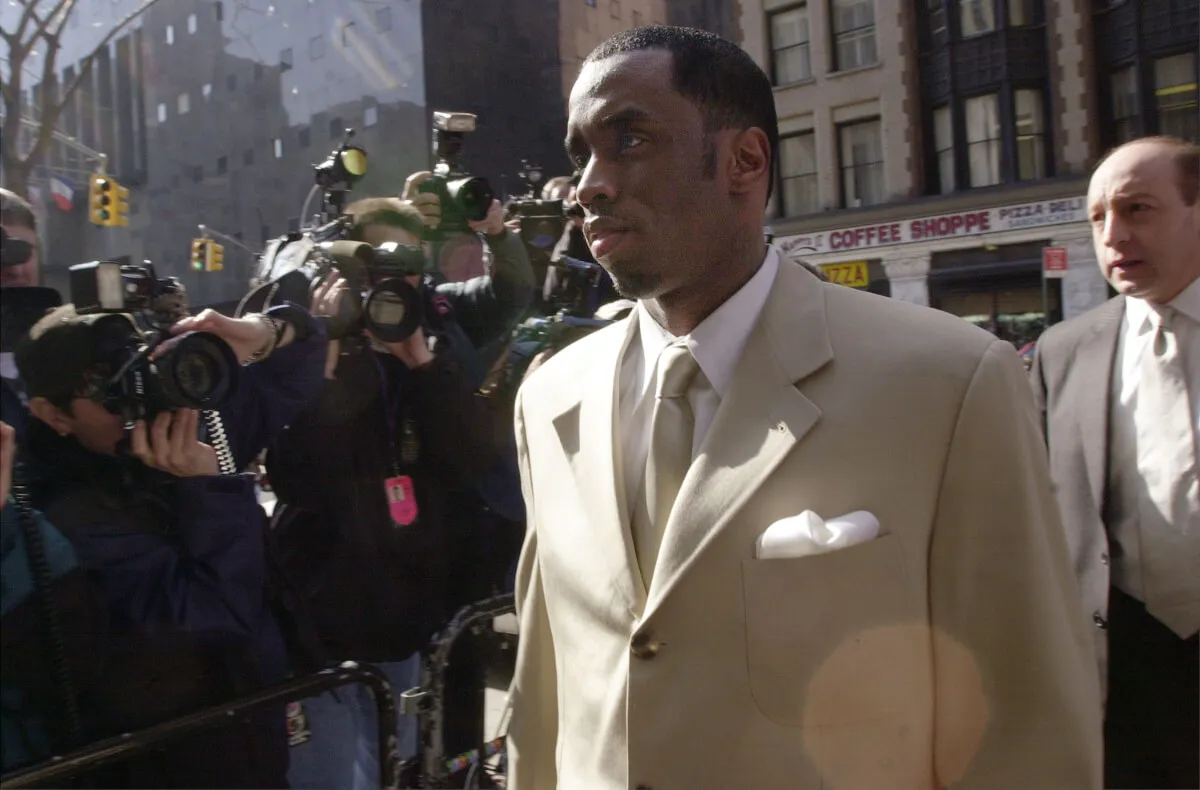
The Umbrella Academy Deals With a Kugelblitz, Which Is a Very Real Thing, in Season 3
The Umbrella Academy faces a new kind of Doomsday in the form of a Kugelbltiz in season 3 of the Netflix series. Once again the family of super siblings is in another race against time. Instead of the traditional apocalypse, they must correct a time paradox they created at the end of season 2. Find out what a Kugelblitz is and how one could really come to exist.

The Hargreeves siblings have faced the apocalypse twice
In the first season of The Umbrella Academy, the Hargreeves siblings reunite after Reginald Hargreeves (Colm Feore) dies. His death allows them to realize they have to stop the impending apocalypse. Despite their best efforts, they cause of the end of the world and have to go back in time.
Season 2 picks up with each Hargreeves in 1960-something Dallas, Texas. Once again, the family must put a stop to Doomsday and once again, Viktor (Elliot Page) is the root cause. At the end of the season, the Hargreeves manage to narrowly escape. In season 3, they’re up against a different kind of Doomsday — the kind even the Hargreeves don’t come back from.
The Kugelblitz resides in the basement of the Umbrella Academy
Once again, the Hargreeves siblings have created an “end-of-the-world” situation in the form of a Kugelblitz. Throughout season 3, the Kugelblitz resides in the basement of the Sparrow Academy, occasionally radiating waves of energy and causing things within a growing radius to disappear a la Thanos snapping his fingers. Of course, the man stuck in a prepubescent teen’s body Five (Aidan Gallagher) steps up to figure out how to solve this issue, lest the Hargreeves be forced to flee another timeline that they ruined.
A Kugelblitz is basically a black hole
The term Kugelblitz was first coined by John Wheeler in his 1955 paper Geons. A pioneer in black hole theory, Wheeler’s term literally means “ball lightning.”
Wheeler’s paper suggest “if enough pure energy could [focus] into a region of space, that energy would form a microscopic black hole, which could be described by the equations of Karl Schwarzschild — a ‘Schwarzschild Kugelblitz'” (via Space.com).
According to José M. M. Senovilla’s findings on black hole formation by incoming electromagnetic radiation, theoretical physics defines a Kugelblitz as “a concentration of heat, light, or radiation so intense that its energy forms an event horizon and becomes self-trapped.” Senovilla’s definition continues:
“According to general relativity and the equivalence of mass and energy, if enough radiation is aimed into a region, the concentration of energy can warp spacetime enough for the region to become a black hole. … this would be a black hole whose original mass-energy had been in the form of radiant energy rather than matter.”
José M. M. Senovilla
‘The Umbrella Academy’ Kugelblitz can only be stopped by ringing the the seven bells
Unlike previous seasons of The Umbrella Academy, Five can’t travel through time with ease anymore. Instead, the Hargreeves have to travel into another realm to end the Kugelblitz. Can they correct the timeline once again?
Watch season 3 of The Umbrella Academy on Netflix to find out.

